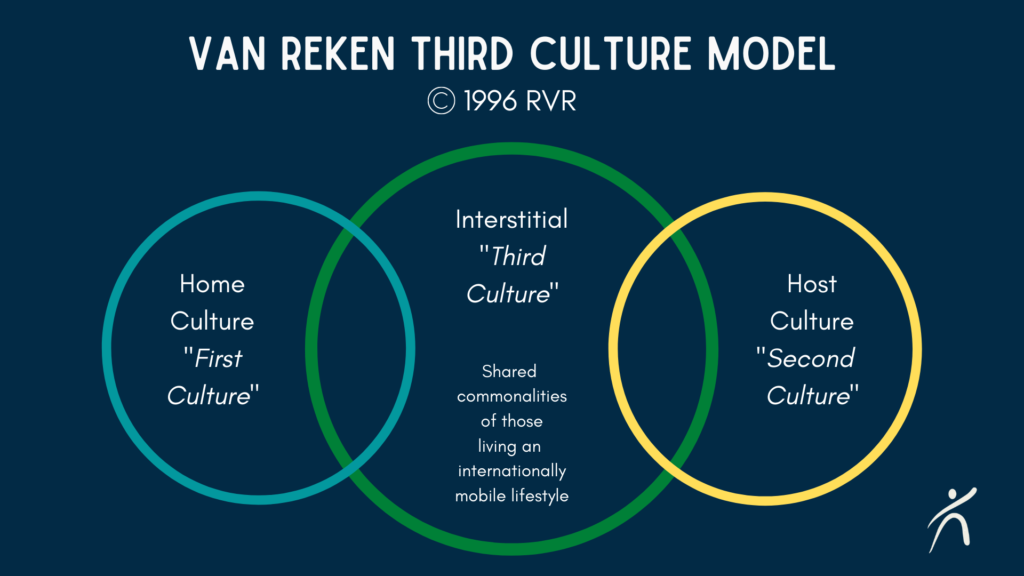Hello readers! I am back with another blog about race and culture. Today, I will be focusing on the term ‘Third Culture Kid,’ what it means and what it entails.
I did not hear this term until this week during a heated discussion with my roommate. I had told her I was writing about bi-culturalism and being part of two cultures. She then recalled a Hasan Minaj interview where he explained this term, and I immediately thought it was the perfect term to describe this experience.
Third Culture Kid is a term that describes people who “were raised in a culture other than their parents’ or the culture of their country of nationality, and they live in a different environment during a significant part of their child development years” (Wikipedia). Thus, being a third culture kid (TCK) means being part of and identifying with two different cultures– having a bicultural identity.
I am a TCK. I was born in India, and I moved to America when I was three years old. So, I have lived here all my life. But I visit India every two years and Indian culture is part of my life every day, as well as American culture.
I have had many identity crises growing up a TCK. One of the most prevalent ones was with my hair. I always wanted pin-straight hair like all the other girls in class. I was cursed with frizzy, curly hair, or so I thought. So, I started to straighten my hair frequently because I thought I would look better—I would fit in to the American beauty standard.
That is just one example. It was hard balancing two distinct cultures all my life. Even now, although I am proud and comfortable about who I am, I still think about my identity a lot. At one point, around middle school, I rejected my Indian side almost completely. I felt embarrassed speaking my mother tongue to my parents and brining in Indian food to school. Luckily, in high school, I was surrounded by diversity, so I started getting back to my Indian roots.
My story reflects that of many TCKs around the world. All of us are part of this middle ground, and we can never be 100% one culture or the other. Some of the challenges in being part of this middle ground is having identity crises, culture shock, and confused values.
Identity crises occur around other people. It starts with self-comparison. Being bi-cultural means constantly comparing yourself to others. Skin color, hair type, etc. On top of this self-conflict, you can experience rejection from both your heritage culture and your second culture. This is called intragroup marginalization, and it is the idea that you cannot meet the expectations of your culture.
Culture shock arises when you visit your heritage culture or are surrounded by people from that culture. Often, you feel nervous or embarrassed when speaking a broken version of another language. It is the feeling of feeling like a foreigner in both cultures.
Finally, confused values. Sometimes, the cultures you belong to have different, possibly contradicting, values. One might be more conservative, and others might value certain topics over others.
Overall, it is a challenge living with two identities. Growing up, you just have to feel secure in your identity and learn not to take what other people say personally. It is not about how many facts you know about your heritage culture or how fluently you speak the language. There is no strict rule on what makes you one culture or the other.
Sources:
Comic Hasan Minhaj On Roasting Trump And Growing Up A ‘Third Culture Kid’ : NPR
Identity Crisis: Navigating Biculturalism | Psychology Today
What being stuck between two cultures can do to a person’s psyche (theconversation.com)
6 TCK Diagrams – Interaction International (interactionintl.org)

